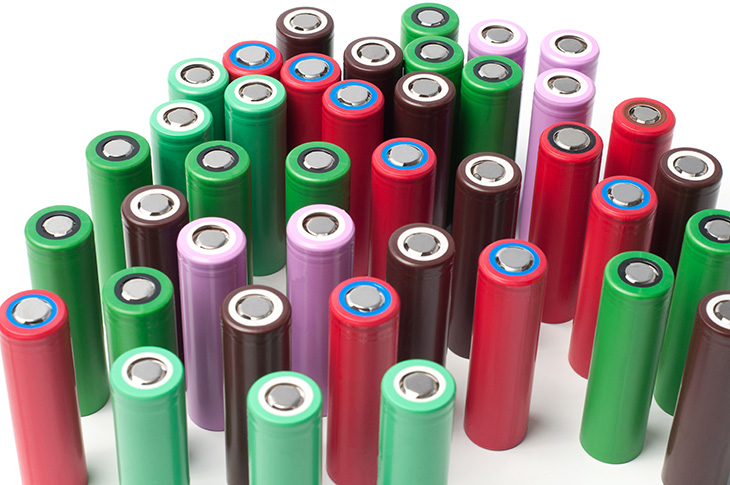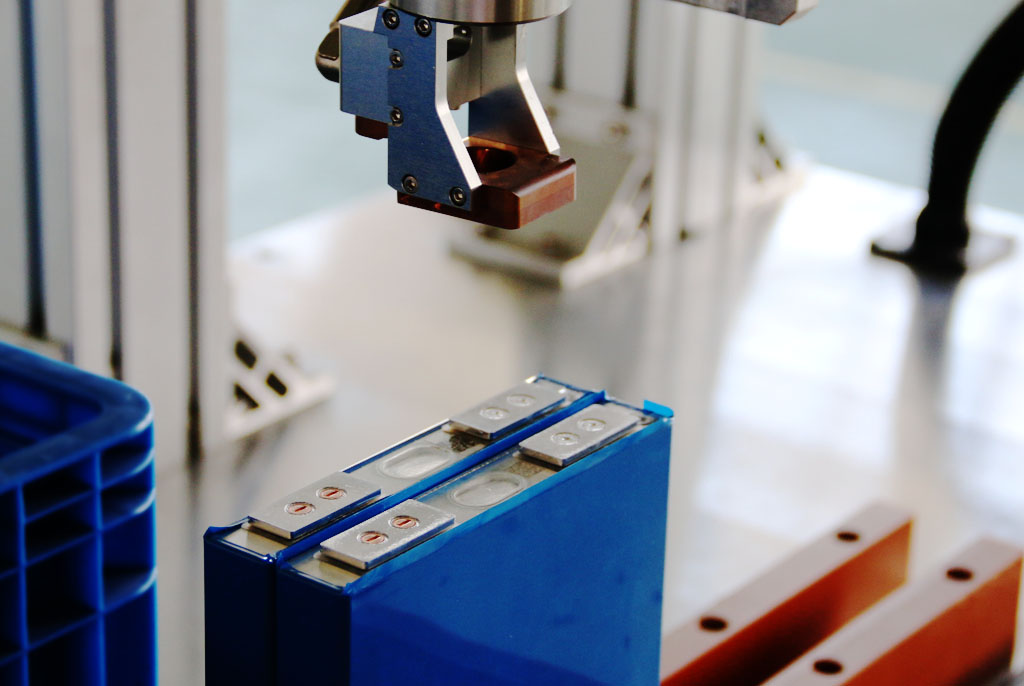There are four common types of lithium battery cells in market– button or coin, prismatic, pouch or polymer, and cylindrical. By now, you’ve probably realized that different battery-powered devices may require different kinds of battery cells. But how to know which kind of battery cells is better to meet the requirement of devices?
This time, we will explore two popular options of lithium cells on the market — Cylindrical and prismatic cells and elaborate the advantages and weaknesses of them to help you pick up the right battery.
Lithium ion Cylindrical Cells
Lithium ion Cylindrical cells are the most widely used cells for battery packs, the unique design of cylindrical cell helps to minimize the chances that the electrode material inside will break up, even under the heaviest of use conditions. Besides, the cylindrical cells could provide a better temperature control when compared to prismatic cells. Cylindrical cells can support the automation techniques during manufacturing, therefore, it could be produced much faster keeping a lower ultimate cost and help increase the consistency of battery. Due to the benefit from a much faster production rate, a cheaper price, and longevity, cylindrical cells are an economical choice for various applications.

However, the cylindrical design makes space saving more challenging than prismatic cells because they use up more space in battery-powered devices.
Inside a cylindrical battery, a series of cells are combined and operate in parallel to one another to help increase both the voltage and capacity of the battery pack. Small cylindrical cells are usually found in portable electronics such as medical devices or laptops. Notably, large cylindrical cells are also chosen to power some electric vehicles like Tesla.
Lithium ion Prismatic Cells
A prismatic lithium battery can be encased in either steel or aluminum, which mainly increases the stability of battery cells. In turn, this unique design tends to make prismatic cells thin and light, and also with the feature of space saving. The rectangular shape of thin prismatic cells offer better layering than cylindrical cells, giving more flexibility for battery design engineers. For some consumer electronics like smartphones and tablets where mobility is of great importance, the key features of prismatic cells make them typically a popular choice. The popularity of prismatic cells is also related to their large capacity. For example, a compact 12V battery pack could be easily created by connecting four prismatic cells together. Therefore, prismatic cells are commonly used in large power applications such as energy storage systems.
The effective use of space makes prismatic cells attractive, however, prismatic cells have their own drawbacks. The poor performance of one prismatic cell will affect the performance of the entire battery pack. The increase of capacity also leads to the probability of battery inconsistency and short circuit, which eventually makes prismatic cells expensive to get a proper design and manufacture. Additionally, they are less effective in thermal management and relatively sensitive to deformation in high-pressure situations. A limited number of standardized cell sizes and a higher average KWh price contribute to the increasing cost of prismatic cells.

How to select your battery cell?
Battery, as the power source for electric devices, plays a vital role in ensuring the performance of devices. As the battery cells are a part of the battery pack, which is a part of the device, it means that all these parts must work in harmony. Therefore, when choosing a battery cell, understanding the needs of device, the operating environment, the chargers and other accessories are required so as to choose the right cells. Besides, before a battery cell is selected, space, cost and safety are also needed to take into consideration.
Lithium prismatic cells are one of several cell formats offered by OSM Energy and are an excellent choice for applications requiring frequent cycling and long useful lifespans. Encased in a thin aluminum or steel enclosure for stability, the pouch cell shares packaging efficiencies of up to 95% with its lithium pouch cell counterpart PRISCore cells are a great choice for commercial, industrial, or OEM projects.

With excellent thermal characteristics, the prismatic cell requires less cooling per energy unit when compared to the cylindrical lithium cell format. Additionally, the prismatics offers excellent cycle life expectancies even under high and varied load, which typically has an adverse effect on the life expectancy of other lithium cell formats. With a cycle life of up to four times greater than cylindrical lithium cells, the cost of operation and ownership for prismatics can be significantly lower.
Available in a multitude of cell sizes and derivatives to address specific and unique performance requirements including specific energy, specific power, safety, performance, lifespan and cost, large format prismatic cells offered by OSM are an excellent choice for electric vehicle powertrains and energy storage systems.
If your lithium application requires high power, long service life and good performance, thinking less about the effective use of space, a cylindrical cell could be your selection. Otherwise, if your application needs to be suitable for a limited space and a higher price is acceptable, a prismatic cell could be better.
When you are not sure what type of lithium cell you should use, try to consider an experienced partner, such as OSM, that is able to provide a power supply solution matching your specific requirement and helps you make a reasonable buying decision.


Leave A Comment